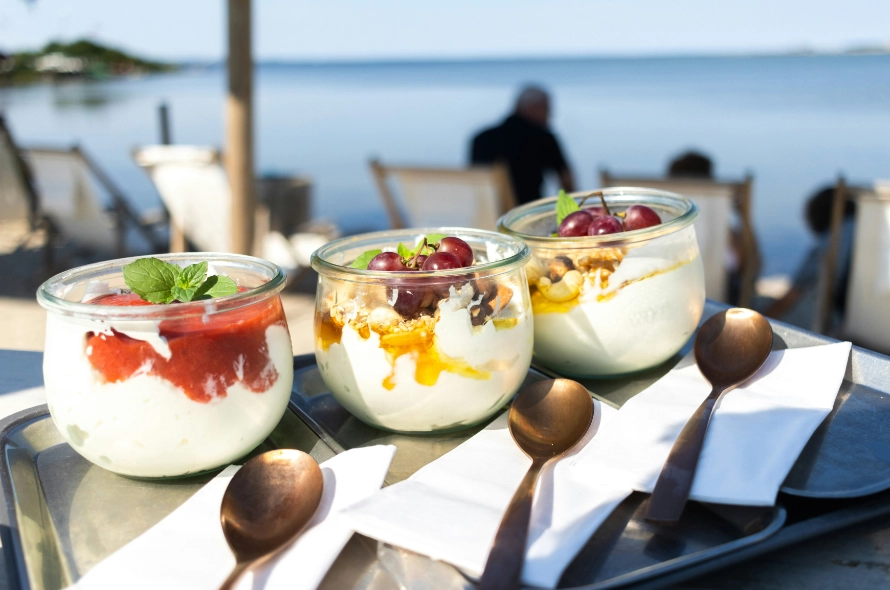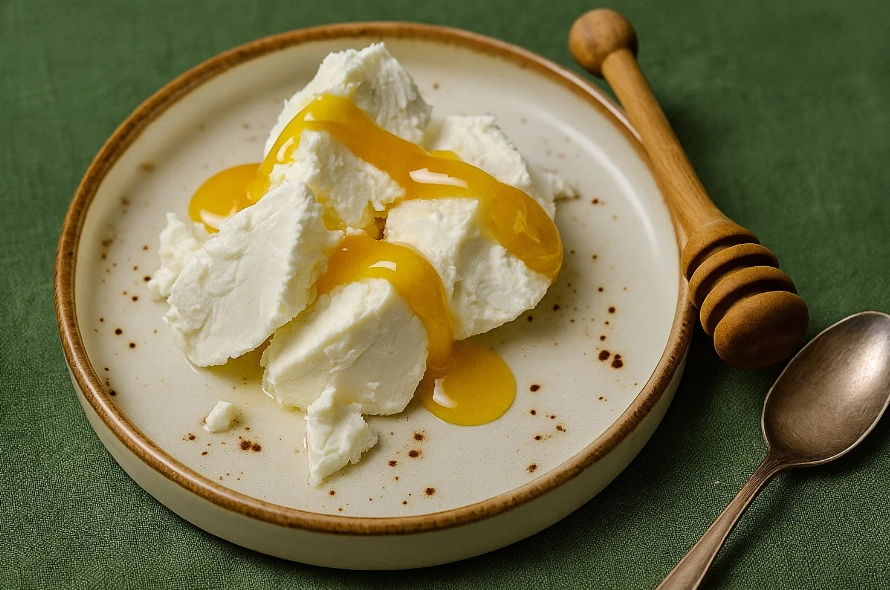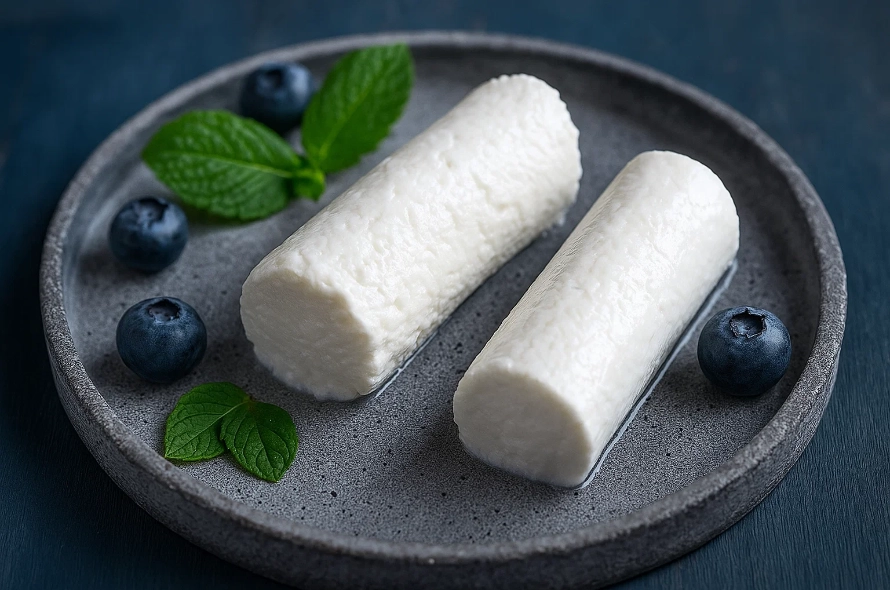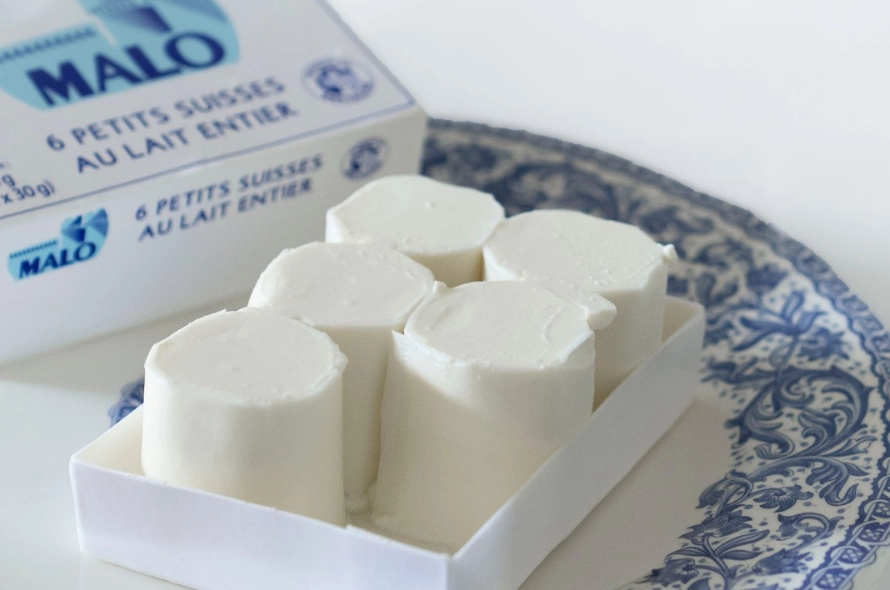Introduction
French cuisine is renowned worldwide for its exquisite flavors and traditions. One of the cornerstones of this culinary heritage is French cheese, with thousands of varieties producing an impressive spectrum of tastes, textures, and aromas. Among these, fresh cheeses hold a special place for their delicate flavors, creamy textures, and versatility in culinary applications. This guide introduces you to the world of French fresh cheeses, spotlighting some of the most beloved varieties and what makes them unique, delicious, and a must-try for cheese enthusiasts and beginners alike.
What are Fresh Cheeses?
Fresh cheeses, or “fromages frais” in French, are cheeses that are not aged or matured. They are typically soft, moist, and creamy, boasting a pure, fresh dairy flavor. Unlike aged cheeses, fresh cheeses retain their delicate milky taste, often with a slight tang derived from lactic acid fermentation but without the complexity that aging imparts. They are usually white, spreadable, and consumed within a few days of production for optimal taste and texture.
Not only do fresh cheeses serve as an appetizer or dessert on their own, but they are also prized ingredients in cooking and baking due to their mild flavor and smooth consistency.
5 French Fresh Cheeses

Fromage Blanc
Origin and Production
Fromage Blanc, meaning “white cheese,” is one of the most iconic French fresh cheeses. It is made from cow’s milk (sometimes blended with goat’s milk) and involves minimal processing, resulting in a creamy texture reminiscent of thick yogurt or soft cream cheese. Its origins trace back to Northern France and the Loire Valley.
Taste and Texture
Fromage Blanc is smooth, creamy, and slightly tangy. It can range from spoonable and spreadable to more solid depending on moisture content. Its mild flavor makes it a perfect base for sweet or savory dishes.
Culinary Uses
It is commonly eaten plain, with honey or fresh fruit for dessert, or as a creamy base in sauces and dressings. Chefs also use it in pastries and cheesecakes. It’s a staple in French breakfasts and brunches.

Faisselle
Origin and Production
Faisselle is a traditional fresh cheese from central and eastern France. Unlike Fromage Blanc, Faisselle is named after the mold or basket (“faisselle”) in which the curds are drained. This method gives it a distinct texture and form.
Taste and Texture
Faisselle has a slightly grainy, moist texture with a fresh, milky taste. It is delicately tart and less dense than other fresh cheeses, offering a refreshing bite.
Culinary Uses
Often enjoyed plain with sugar, honey, or jam, Faisselle is also popular in savory preparations. For example, it is frequently used in fresh, vibrant salads with ingredients like tomatoes, olives, fresh herbs, and olive oil, making a light and refreshing dish ideal for warm weather. Its versatility extends from desserts to salads and savory sides, showcasing its role in both sweet and savory French cuisine.

Brocciu Corse (Brocciu)
Origin and Production
Brocciu is a celebrated Corsican fresh cheese made primarily from ewe’s milk or a combination of ewe’s and goat’s milk. It has Protected Designation of Origin (PDO) status and is deeply rooted in Corsican pastoral culture.
Taste and Texture
Brocciu is soft, delicate, and slightly sweet with a fresh, tangy aftertaste. It can be consumed fresh or used in cooking, particularly in regional specialties such as savory pies (fiadone) and desserts.
Culinary Uses
Versatile in cooking, brocciu is used in traditional Corsican dishes like fiadone (cheesecake), omelets, and pasta fillings. It can be eaten fresh with fruit or herbs, or drizzled with honey as a dessert.

Brousse du Rove
Origin and Production
Originating from the Provence region near Marseille, Brousse du Rove is a fresh cheese made from the milk of Rove goats. It holds PDO status, ensuring its unique production and terroir.
Taste and Texture
The texture is soft and creamy, while the flavor is mild with a hint of sweetness and floral notes from the Rove goats’ milk. It’s less tangy than cow’s milk fresh cheeses.
Culinary Uses
Enjoyed fresh with bread, in salads, or as a dessert cheese with honey or jam. Its creamy texture also makes it ideal for spreads and dips.

Petit Suisse
Origin and Production
Petit Suisse is a small, rich fresh cheese originating from Normandy. It is traditionally made with cow’s milk and cream, giving it a decadent, velvety texture.
Taste and Texture
The cream cheese-like richness has a smooth consistency and mild sweetness. It’s more decadent than other fresh cheeses due to a higher butterfat content.
Culinary Uses
Frequently eaten plain as a snack or dessert, often with sugar and fruit preserves. It can also be used in baking or as a creamy ingredient in sauces.
Buying and Storing Fresh Cheeses
- Store in airtight containers to prevent drying out or absorbing other flavors.
- Fresh cheeses are highly perishable and should be kept refrigerated.
- Purchase them close to your serving time due to their short shelf life (typically 4-7 days).
- Always check for freshness by looking for clean, white color and a mild, fresh smell.
Pairing Fresh Cheeses
Thanks to their delicate flavors, fresh cheeses pair beautifully with light accompaniments:
- Breads: Baguettes, brioche, or crisp crackers.
- Fruits: Fresh berries, figs, grapes, or apples.
- Honey and Jams: Mild flower honey, apricot or fig jam.
- Wines: Crisp white wines like Sauvignon Blanc or sparkling wines; light rosés also complement freshness.
- Herbs and Spices: Chives, mint, tarragon, or freshly ground pepper.
Health Benefits
Fresh cheeses are generally lower in fat and salt than aged cheeses and rich in protein and calcium. Their mild fermentation can aid digestion, and their creamy texture can satisfy cravings healthily.
Conclusion
French fresh cheeses offer a delightful entry point into the world of cheese with their creamy textures and delicate profiles. From the classic Fromage Blanc to the uniquely Corsican Brocciu, each cheese carries its own story, flavor, and traditions. Whether as a breakfast staple, dessert, or cooking ingredient, they bring freshness and versatility to the table.
